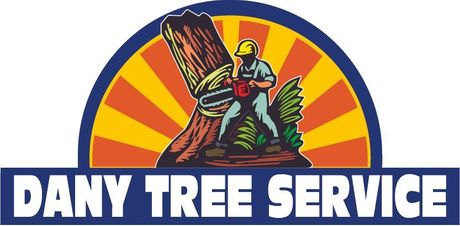Local licensed full service tree company
When it comes to providing quality tree services, no one does it like Dany Tree Service. Our experienced team has been this area's go-to tree removal and tree trimming company since 1988. Whether you need tree services for your residential or commercial property, you can count on us for exceptional workmanship and convenient service. Call now to receive a free estimate!
McHenry, Kane & Lake Counties
847-561-3638
Winnebago, Boone, & DeKalb Counties
815-670-3117
Request Form
We appreciate you contacting us. One of our colleagues will get back in touch with you soon!
Have a great day!
Please try again later.
Why Choose Dany Tree Service?
Dany Tree Service's licensed and experienced tree contractors provide reliable tree removal, tree trimming, stump grinding, lot clearing, and firewood delivery services to business owners and homeowners. With same-day service and 24/7 emergency support, we can quickly and efficiently handle any tree emergency you're facing. Don't hesitate to contact our tree experts — call today to receive a free estimate.
24/7 Emergency Services
Same-Day Service Available
Family-Owned Business
Fast Service Responses
Fully Licensed and Insured
In Business Since 1988
Tree Removal
Remove damaged or diseased trees from your property by contacting the professionals at Dany Tree Service. Emergency and same-day service is available. Call us today for a free estimate!
Tree Trimming
Ensure the trees on your property thrive all year long with routine tree trimming services from our licensed contractors. Rely on our experts to assess what type of trimming your trees need any time of the year.
Lot Clearing
Keep your residential or commercial construction project on schedule with lot and land clearing services from Dany Tree Service. Let our experts handle the land clearing and debris removal for you.
Stump Grinding
Remove unsightly tree stumps from your property by contacting our locally owned company. We'll grind and remove the stump for you and haul away the debris when we're done.
Firewood Delivery
Stock up on high-quality, dried firewood any time of the year! Dany Tree Service has a variety of types of firewood available. Contact us today to order firewood that's cut and split to your preference.
Here's what our satisfied customers are saying...
At Dany Tree Service, we take pride in providing exceptional tree services to our customers. We would be grateful if you could share your thoughts about our company with others. Your feedback helps us improve and helps others make informed decisions. Please take a moment to leave a review of Dany Tree Service and let others know what you think.
Tree Service Special
10% off
Receive 10% off any tree work agreed to by August 31, 2023. Call Dany Tree Service at (847) 561-3638 today to save!
Learn More About Dany Tree Service
Serving the Rockford, IL area. Dany Tree Service specializes in tree removal, tree trimming, lot clearing, stump grinding, and firewood sales. 24/7 emergency service available. Fast responses. 35+ years of experience. Call for an estimate.




Share On: